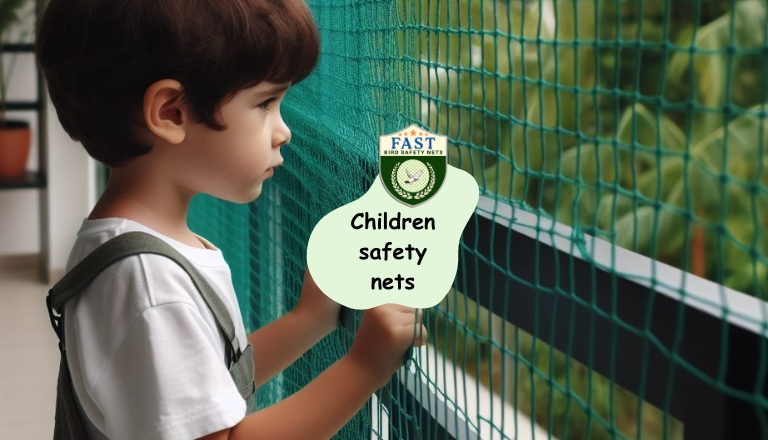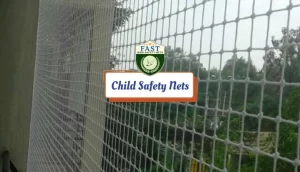Children are innately curious and adventurous, often exploring their surroundings with unbridled enthusiasm. However, this natural curiosity can sometimes lead them into hazardous situations, posing risks to their safety and well-being. Safety nets for children serve as essential protective measures, offering a barrier between the potential dangers and the innocence of childhood. In this discourse, we delve into the multifaceted purpose of safety nets, emphasizing their crucial role in safeguarding children from various hazards.
Prevents Falls:
One of the primary purposes of safety nets for children is to prevent falls, which are among the most common causes of childhood injuries. Whether it’s from playground equipment, windows, or elevated areas within the home, falls can result in fractures, concussions, and other serious injuries. Safety nets act as a physical barrier, providing a cushioning effect to mitigate the impact of falls. By installing safety nets around elevated platforms, staircases, or windows, caregivers create a protective environment where children can explore and play without the fear of accidental falls.
Prevention of Hazardous Area Access:
Children possess an innate sense of curiosity, often drawn to explore areas within the home or outdoor spaces that may pose potential hazards. Safety nets serve as effective deterrents, restricting access to dangerous zones such as swimming pools, balconies, or staircases. These barriers create a safe boundary, preventing children from venturing into areas where they may encounter risks such as drowning, falls, or entrapment. By installing safety nets around hazardous spaces, caregivers provide peace of mind, knowing that their children are protected from unintentional harm.

Protective Play Areas:
Child Net for Balcony extend beyond mere physical barriers; they also facilitate the creation of protective play areas where children can engage in active play without compromising their safety. Whether it’s setting up a trampoline in the backyard or constructing a play structure indoors, safety nets offer an additional layer of security, reducing the likelihood of accidents or injuries during playtime. These designated play areas allow children to unleash their energy and creativity while minimizing the potential for mishaps. Moreover, safety nets encourage caregivers to supervise play activities more effectively, ensuring a balance between freedom and safety.
Conclusion:
In essence, safety nets for children serve a vital purpose in protecting their innocence and well-being. From preventing falls and restricting access to hazardous areas to fostering independence and promoting physical activity, safety nets play a multifaceted role in creating safe environments where children can thrive. As caregivers, it is our responsibility to prioritize the safety and security of children, and safety nets serve as indispensable tools in fulfilling this commitment. By recognizing the importance of safety nets and implementing appropriate measures, we can ensure that every child enjoys a childhood filled with joy, exploration, and above all, safety.






